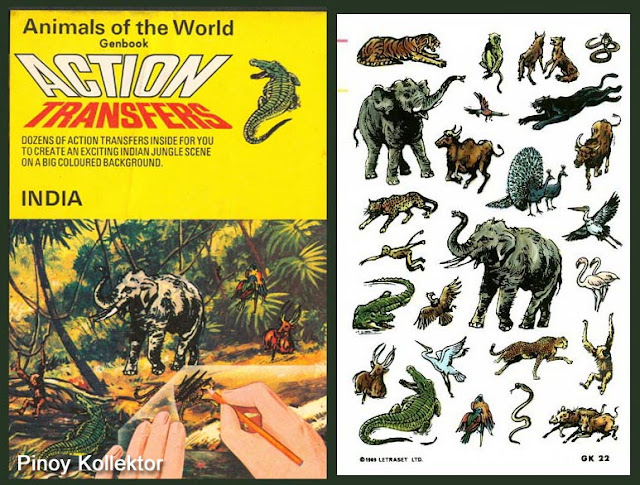According to William Shunn, - a well worn name round here - Courier (12 point) is THE font to use when submitting your MSS to editors (and agents?)
Your manuscript should look typed, not typeset. This is particularly important if you are composing your manuscript on a computer, where the temptation to use fancy fonts can be great. Use a Courier font; most every printer you can buy comes with Courier, so you have no excuse for not using it. Use a 12-point Courier, which prints out at a pitch of ten characters per inch. Don't use a 10- point Courier, which prints out at a pitch of twelve characters per inch. This is too small. (Point size refers to the height of the characters in a font; pitch refers to the width.)
Courier is a monospaced font, which means that every character is exactly as wide as every other. Never submit a manuscript that uses a proportional font, which is one in which an "i" takes up less space than an "m" does. It is far easier for an editor to detect spelling errors in a monospaced font than in a proportional font, and your primary goal should be to make things as easy for the editor as possible. With a monospaced font, there will also be fewer characters on each line, which makes your lines easier for the editor to scan.
Article Expounding Upon Which Fonts NOT To Use
Re Courier:
The Courier font is used on movie scripts, novel manuscripts and other forms of literary art. But in web design it has no place, unless you want your website to look like it’s fresh out of the typewriter.
For font alternatives, try Cousine.
Do you use Courier in your submissions, and do you, yourself, find it easier on your eye than Times New Roman, Verdana, Arial or Garamond?
What does our @Carol Rose think about this or @AgentPete ?
Your manuscript should look typed, not typeset. This is particularly important if you are composing your manuscript on a computer, where the temptation to use fancy fonts can be great. Use a Courier font; most every printer you can buy comes with Courier, so you have no excuse for not using it. Use a 12-point Courier, which prints out at a pitch of ten characters per inch. Don't use a 10- point Courier, which prints out at a pitch of twelve characters per inch. This is too small. (Point size refers to the height of the characters in a font; pitch refers to the width.)
Courier is a monospaced font, which means that every character is exactly as wide as every other. Never submit a manuscript that uses a proportional font, which is one in which an "i" takes up less space than an "m" does. It is far easier for an editor to detect spelling errors in a monospaced font than in a proportional font, and your primary goal should be to make things as easy for the editor as possible. With a monospaced font, there will also be fewer characters on each line, which makes your lines easier for the editor to scan.
Article Expounding Upon Which Fonts NOT To Use
Re Courier:
The Courier font is used on movie scripts, novel manuscripts and other forms of literary art. But in web design it has no place, unless you want your website to look like it’s fresh out of the typewriter.
For font alternatives, try Cousine.
Do you use Courier in your submissions, and do you, yourself, find it easier on your eye than Times New Roman, Verdana, Arial or Garamond?
What does our @Carol Rose think about this or @AgentPete ?


